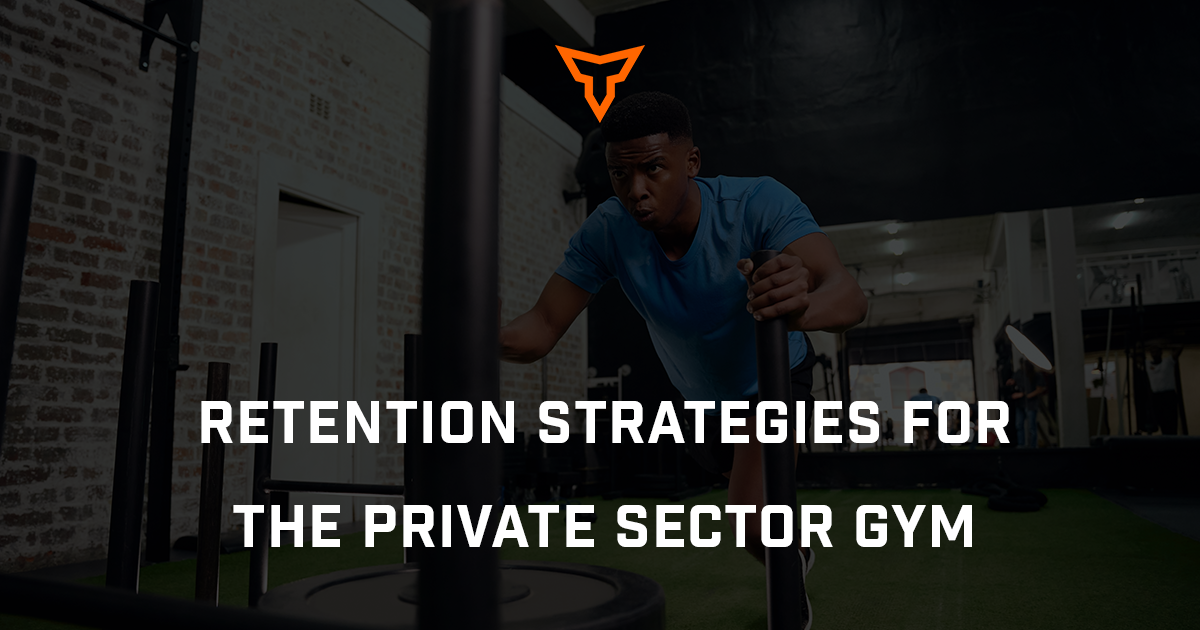The Client Retention Tactic You Have Been Needing
There are countless reasons why a client would cancel their membership with you or discontinue purchasing training sessions. Whether it’s comfortable to acknowledge or not, the most common reason is that they are not getting a service that they believe is worth more than they are paying for it, it’s simply not good enough. In my next blog post, I’ll cover some simple things you can do to identify the areas that can be easily improved in your business, and begin improving them without spending any money at all.
Today, I want to focus on a very simple, repeatable tactic you can use to make sure that the scenario in which a client who is perfect for your business, who is getting exactly what you told them they would, who is making progress, and who wants to cancel is a scenario you never find yourself in again.
There is nothing more frustrating than losing a client who absolutely should stay, typically the reason why this happens is actually because while you have clarity on the process this client is experiencing, the client does not. They are uncertain, uncomfortable, and filled with anxiety around whether it’s working or not despite the obvious results you can show them with simple test and retest methods.
The key is effective communication before you even start. Here’s how you can do it:
Step 1: Break the Client Journey into Phases
Your client does not know the difference between the kind of training and results they will get in their first month compared to their tenth, you do. Help them gain clarity.
You already know that in the beginning, you’re spending at least a few weeks if not longer evaluating where your client is in their athletic progression, what their joint and soft tissue health looks like, and how an individual responds to a given stimulus.
You also know that after you’re done with your evaluation you’re going to have them doing the work that doesn’t show up on the “scoreboard” in their aesthetic, but that is crucial to foundation building. That could take several months. And then there is the work that gets the visual results they’re looking for, performance or aesthetic, and that goes on forever.
Step 2: Write Out Criteria For Each Phase
Write out the success criteria, and cost of inaction in each phase in detail and be ready to share it with clients.
- What is the purpose of this phase?
- What is the worst case scenario if we don’t complete this phase?
- What is the best case scenario if we do?
- What must be true for this phase to be complete?
- How are they likely to feel during this phase?
Step 3: Feedback & Future Pacing
Consistently update your clients on where they are both within the phase, and within the full journey.
- What success criteria have they already accomplished?
- What is yet to be accomplished to matriculate through the phase?
- What is the benefit of completing the remaining criteria?
Bonus Step: Include All Stakeholders
Is your client a youth athlete whose parent(s) is paying the bills? Take them through this process both before enrolling their child and throughout the training.
If you follow these steps, your service offering could look something like this to a prospective client:
|
Assessment Phase |
Foundation Phase |
Performance Phase |
|
|
Purpose |
Identify needs and strengths |
Build base for injury prevention and skill |
Maximize results |
|
Success Criteria |
Full analysis of ROM Baseline |
Able to move with control and speed through full ROM |
Body composition achieves goal level |
|
Success Criteria |
Motor control analysis complete and understood |
Able to accelerate and decelerate precisely |
Measurable performance increases of 30% across all metrics |
|
Success Criteria |
Tolerance to various levels of intensity understood |
Can perform all movements without one on one cueing |
Has enough knowledge to write own program |
|
Worst Case if not Completed |
Program design written cookie cutter |
Risk of setback and future injury |
Athlete is dependent on coach forever |
|
Best Case if completed |
Program design exactly matches needs |
Athlete is competent using their body and equipment and can use these skills anywhere. |
Athlete has confidence in their movement and education that makes them undeniable. |
If pressed, every one of you can recite this out loud without much thought at all. Most of you probably tell these things to your clients. The mistake is in believing that they hear you, understand you, and remember what you said two months later when they are going through a difficult period in their development.
Write these things down. Consistently go back to it. Assume that if your client cannot fill in all of these boxes should you give them an empty chart, they do not know what belongs in the boxes. If you approach the education component of how you support your clients with the mindset of “if they can’t teach it to me, they don’t know it and it’s my job to make sure they can teach it to me”, you will improve your client retention, your client compliance, and most importantly, your client results.
#TurnPro
- Dr. Sean Pastuch
Subscribe to our blog
Subscribe to receive the latest blog posts to your inbox every week.
Related posts

Retention Strategies for the Private Sector Gym

The Importance of Note Taking in Your Gym


